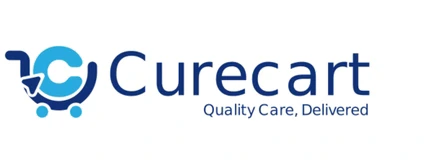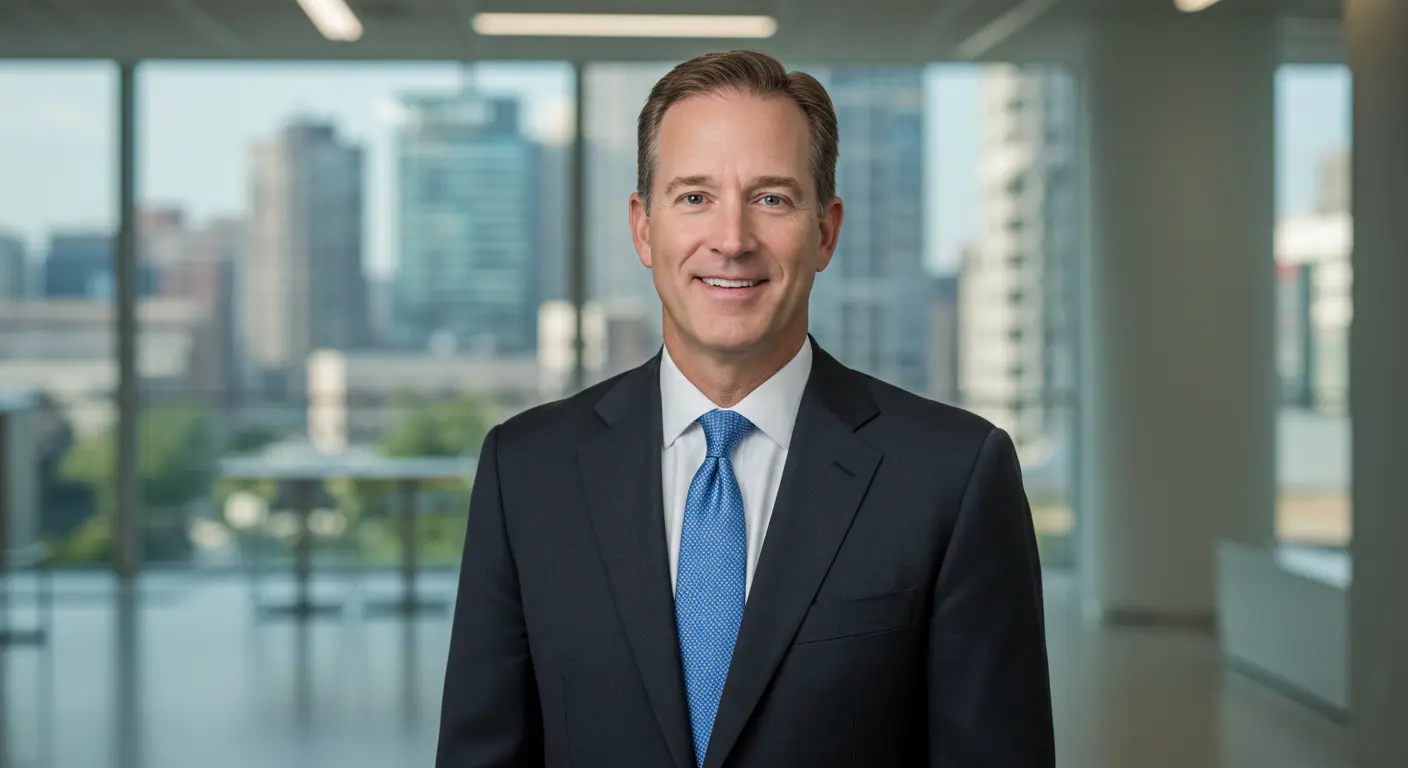Ever wondered how healthcare gets from “just okay” to actually making your life easier, Meet Brad Smith the behind-the-scenes force who’s been quietly redefining how healthcare works. From government halls to healthcare startups, Smith blends bold innovation with real-world impact.
Brad Smith Role in Healthcare Transformation
Long before the word “innovation” became healthcare buzzword of the year, Brad Smith was already there, pushing boundaries.
At the Center for Medicare & Medicaid Innovation (CMMI)
As director of CMMI, Smith oversaw value-based care experiments aimed at improving patient outcomes while cutting costs. He acknowledged that out of 50+ models, only a handful produced savings but the goal was learning and improvement.
Bridging Government and Private Sector
Smith’s tenure in high-level federal roles from the White House Domestic Policy Council to HHS gave him a rare understanding of policy and the power to operationalize change. During COVID-19, he played key parts in Project Airbridge and Operation Warp Speed, shipping supplies and accelerating vaccine development.
Aspire Health, CareBridge & Main Street Health
Smith didn’t just talk; he built.
Aspire Health
Co-founded this palliative care company and grew it into the nation’s largest home based provider before selling it to Anthem for $440 million in 2018.
CareBridge
With Bill Frist, Smith launched this value-based company to support vulnerable Medicare and Medicaid patients at home. By 2023, its revenue had skyrocketed more than 157,000% making it the fastest‑growing private company in America. Revenue likely crosses $2.5 billion, and yes it’s profitable.
CareBridge uses clever tech tablets for caregivers and patients to connect, monitor, and coordinate care reducing hospital visits and saving money.
Main Street Health
Focused on primary care in rural America, Main Street Health expanded healthcare access where it’s desperately needed. It’s backed by Smith’s Russell Street Ventures and growing fast.
Russell Street Ventures
Smith’s investment firm part incubator, part venture capital has helped launch and scale all these efforts. It’s a powerhouse for health innovation.
Insights on healthcare innovation: Themes from Brad Smith
| Innovation Theme | Description and Key Takeaways | Example and Application |
|---|---|---|
| Pivoting from policy to private sector | Smith has extensive experience on both sides of healthcare as the head of the Center for Medicare and Medicaid Innovation (CMMI) in government and as a founder and CEO of multiple healthcare companies. This dual perspective emphasizes the need to translate government policy learnings into agile, market-based solutions. | Leveraging government insights: After leading CMMI, Smith used lessons learned about complex patient needs to build companies like Russell Street Ventures and Main Street Health, focusing on areas with significant market gaps. |
| Targeting high-need, complicated populations | His work often focuses on patient populations with complex, “thorny” problems that many innovators overlook, such as individuals needing home-based palliative care. He advocates for building robust business models around these specific, underserved needs. | Aspire Health: Smith co-founded Aspire Health to become the largest provider of home-based palliative care in the U.S., a direct result of identifying and addressing the specific needs of a high-acuity patient population. |
| Partnering with incumbents | Instead of disrupting the entire healthcare landscape, Smith highlights the value of partnering with large, existing healthcare players (“incumbents”). This strategy allows for leveraging the incumbents’ scale and infrastructure to deploy new innovations more effectively. | Partnerships with large health systems: His companies have worked with large healthcare organizations, including entities within the Optum and UnitedHealth Group ecosystem. These partnerships help new solutions integrate into the existing healthcare economy. |
| Solving for rural and underserved communities | Smith’s initiatives, such as Main Street Health, are specifically designed to address gaps in care for rural America. This focus requires business models that are profitable while also improving outcomes in areas with limited resources. | Main Street Health: This venture concentrates on enhancing value-based care in rural communities, demonstrating that sustainable business models can be built around addressing geographic and access disparities. |
| Building full-risk models | Smith’s companies, including CareBridge, are designed to take on “full-risk” for patient care. This approach incentivizes comprehensive, value-based care rather than fee-for-service care, aligning business success with patient outcomes. | CareBridge: This company takes on the full financial risk for patients receiving home and community-based care, promoting a patient-centered approach that drives better health outcomes and reduces costs. |
FAQs
Who is Brad Smith and why should we care?
Brad Smith is a healthcare innovator blending public policy, startups, and VC. He shaped value‑based care in government, grew startups like Aspire and CareBridge, and now investors in the next wave. Bottom line: he turns lofty ideas into real-life care solutions.
What’s “value-based care”?
Instead of paying for every scan or hospital stay, providers are rewarded for keeping patients healthy. It’s a smarter way to deliver care and curb runaway costs. CMMI is the federal lab where they test these models.
Why did only a few CMMI models succeed?
Healthcare is complex, and early models were experimental. Smith admitted that out of 50+ models, only about five saved money but that’s exactly why CMMI exists: to learn, tweak, and scale.
How does CareBridge help patients directly?
They give caregivers or patients a tablet. That tablet connects them to services and tracks health signals 24/7. The goal: fewer ER visits, more peace of mind, and lower cost.
What’s unique about Main Street Health?
It brings quality primary care to rural America simple, effective, and desperately needed. Smith’s vision: focus on underserved populations, not just ones big investors notice.
Why does “partnership, not disruption” matter?
Healthcare’s ecosystem is tangled. Going at it alone can backfire. Smith advises working with established players, leveraging scale to deliver better outcomes faster.
Conclusion
Brad Smith isn’t a one-hit wonder he’s a healthcare whisperer who gets stuff done. He’s worked government angles, built companies, and now invests in what’s next. This post gives you that entire arc, plus real insight into how he thinks. Whether you’re a policy wonk, startup junkie, or just someone who cares about better care this post gives you something more than the usual marketing fluff.

